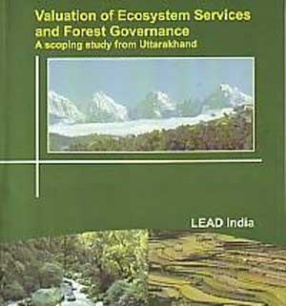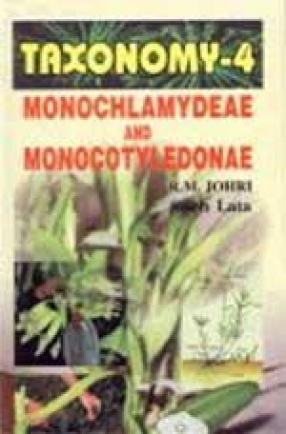This book is based on an indepth study of the socio–economic aspects of the life of Bhil tribes of the Rajasthan–Gujarat border. Research questions generated were based on the observation of the fragile environment and the standard of living of the Bhils inhabiting this region. Four talukas of Sabarkantha district of N.E. Gujarat which fall in the tribal area sub plan and four adjoining tehsils of Udaipur and Dungarpur districts of Rajasthan, again belonging to tribal area sub plan region were taken for a study. Initial appraisal showed that Gujarat Bhils had a better economic standard. Some houses surveyed showed that living conditions were better, whereas the Bhils of Kotra and Jhadol were totally backward. Clothing, food, general appearance and health were far lower in standard, in comparison. The land use was not indicative of adequate production. These villages were hardly twenty to thirty kilometers either way of the border. What contributed to the difference when the land was the same undulating low hills of the Aravallis and the people were the same tribe of Bhils? To get an answer the resource management, past and present were studied. It is hoped that the answer will indicate the areas where specific interventions are required to uplift the tribals.

Environmental Resources and Tribals of North-Western India
In stock
Free & Quick Delivery Worldwide
reviews
Bibliographic information
Title
Environmental Resources and Tribals of North-Western India
Author
Edition
1st ed.
Publisher
Length
150p., Maps; Tables.
Subjects




There are no reviews yet.